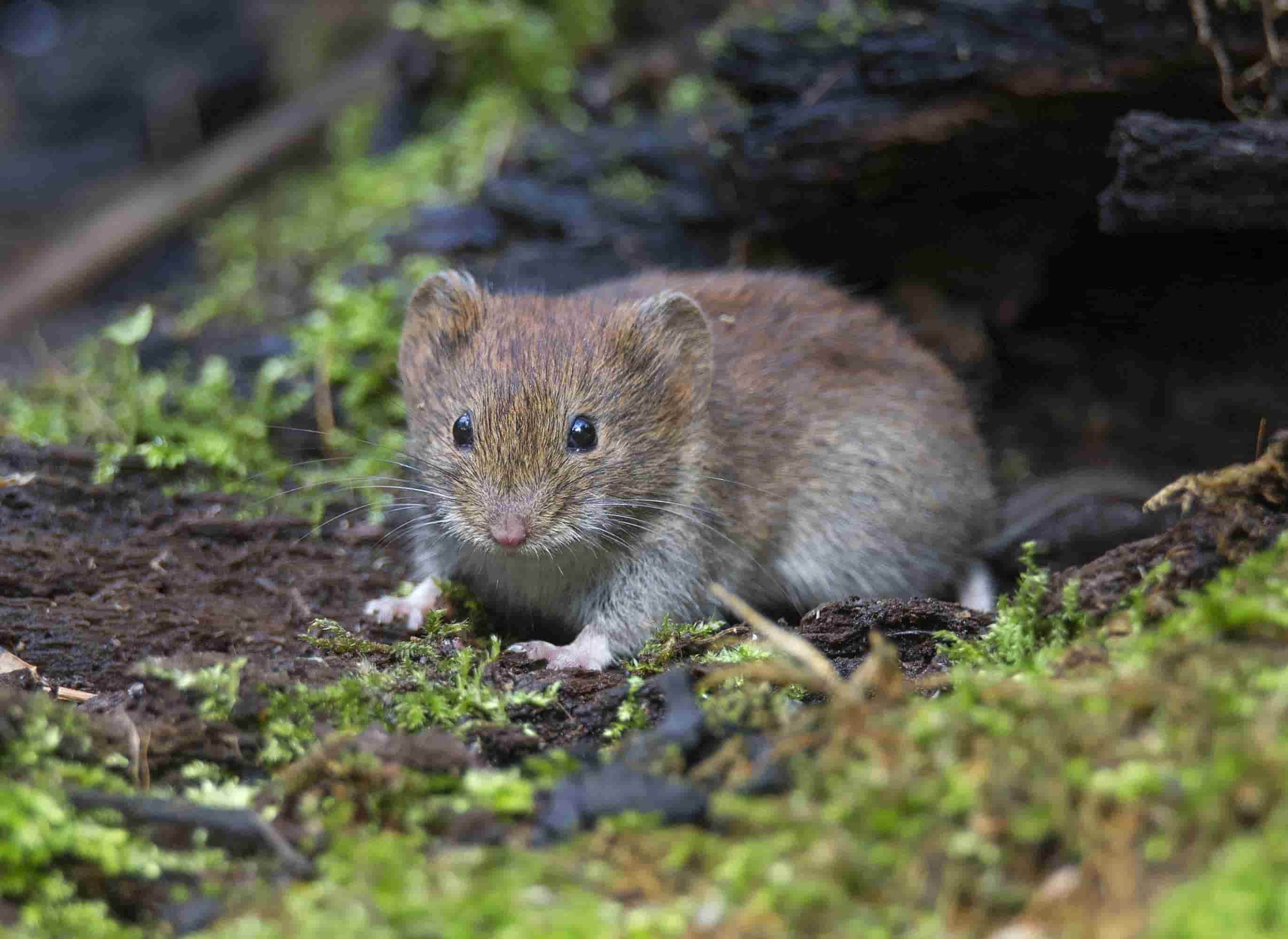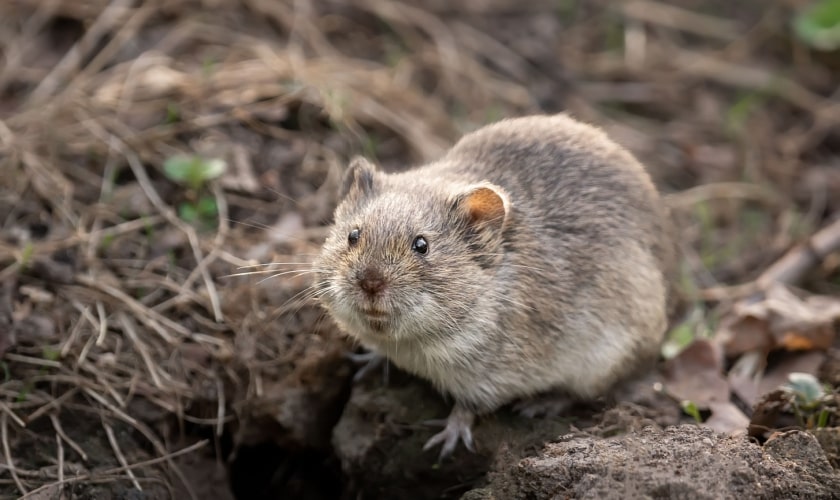Expert Techniques for Vole Control and Prevention
Expert Techniques for Vole Control and Prevention
Blog Article
Understanding Vole Pest Control: Extensive Insights on Infestation Prevention and Treatment Techniques
By acknowledging the subtle indicators of vole invasion early on, we can take proactive actions to protect against extensive damage. In this conversation, we will certainly check out the subtleties of vole habits, dive into the recognition of invasion signs, and uncover the most reliable prevention and therapy methods.
Recognizing Vole Behavior
Examining the foraging patterns of voles uses important insights into their habits and environment choices. Voles, little rats looking like computer mice, are herbivores known for their below ground tunneling activities. By observing their foraging actions, researchers can obtain a much better understanding of where voles favor to establish their environments and the extent of their environmental influence. Voles are prolific breeders, with a solitary female capable of generating several trashes in a year, making it important to understand their behavior for efficient parasite control methods.
Research study shows that voles exhibit careful feeding habits, favoring seeds, origins, and bulbs. This dietary preference influences their foraging patterns, leading them to areas rich in plants and ground cover. Furthermore, voles are recognized to develop elaborate tunnel systems for foraging and nesting purposes, indicating a high level of flexibility to their surroundings.
Recognizing vole actions is crucial for applying targeted bug control procedures that disrupt their habitat preferences and foraging activities (vole pest control). By studying their actions, professionals can develop more reliable prevention and therapy methods to handle vole invasions

Identifying Indications of Vole Infestation
Vole invasions can be spotted by identifying specific indications of their presence in a location. One of the most usual indications of a vole problem is the presence of surface area paths.
An additional key sign of vole problem is the presence of little burrow openings in the ground. In addition, voles are known to leave behind eaten plant stems, origins, and light bulbs near their burrow openings, indicating their feeding activity in the area.
Finding these droppings along runways or near burrow openings can confirm a vole infestation. By being watchful for these indications, residential property owners can quickly deal with vole invasions and avoid further damage.
Implementing Proactive Avoidance Actions

Moreover, employing natural vole deterrents like castor oil-based repellents or killer urine can function as effective safety nets. It is likewise suggested to on a regular basis inspect outside rooms for any indications of vole task, such as paths or burrow openings, to attend to possible infestations quickly. vole pest control. By embracing these proactive prevention methods, homeowner can dramatically decrease the probability of vole damages and maintain the health and visual appeals of their landscapes
Efficient Treatment Approaches
Incorporating targeted trapping techniques and using authorized rodenticides are essential components of effective treatment strategies for managing vole problems. Trapping can be an efficient way to decrease vole populations, especially when placed strategically in their active paths. Break catches and live catches can both be efficient, with the latter allowing for the capture and relocation of voles. our website When using rodenticides, it is crucial to follow safety and security standards to stop injury to non-target pets and animals. Place rodenticides see this website in secure lure terminals to lessen dangers to unexpected targets. In addition, habitat modification, such as decreasing ground cover and eliminating resources of food, can assist discourage voles from infesting an area. Normal surveillance and maintenance are also key facets of successful therapy methods to guarantee that vole populations are maintained under control. By integrating trapping, rodenticides, environment adjustment, and consistent surveillance, efficient vole insect control can be achieved.
Tracking and Upkeep Tips
Regular surveillance allows for the early detection of vole activity, allowing timely treatment prior to problems get worse. To effectively monitor vole populations, strategically placed traps can be utilized in vole paths or near burrow entries.
Additionally, maintaining a tidy and well-kept landscape is essential in vole prevention. Clearing away particles, such as heaps of timber or thick plants, gets rid of prospective vole environments. Routinely cutting and cutting yards greenery helps lower vole concealing areas and lessens their access to food sources.
Moreover, continuous maintenance of physical obstacles, such as fencings or cable mesh, is important to stop vole breach. Evaluating and fixing any type of damages to these frameworks makes sure that vole control remains effective in guarding buildings from problems. By integrating these monitoring and upkeep practices right into a detailed vole pest control strategy, individuals can effectively handle vole populations and shield their residential properties from damage.
Final Thought
To conclude, understanding vole bug control requires a strong understanding of vole behavior, the capacity to identify indicators of invasion, applying positive avoidance steps, check that reliable treatment approaches, and regular tracking and upkeep. By taking an extensive strategy to vole control, individuals can successfully manage and stop problems, ultimately securing their residential property and bordering environment from damage created by these small rodents.
In this discussion, we will certainly discover the nuances of vole habits, dive right into the identification of invasion indications, and reveal the most efficient prevention and therapy approaches.Incorporating targeted trapping methods and using accepted rodenticides are essential elements of efficient therapy approaches for managing vole infestations. To efficiently keep an eye on vole populaces, purposefully placed traps can be utilized in vole runways or near burrow entries. Inspecting and repairing any damages to these structures guarantees that vole control stays efficient in protecting residential properties from problems. By including these surveillance and upkeep methods right into a detailed vole parasite control strategy, people can properly take care of vole populaces and secure their buildings from damages.
Report this page